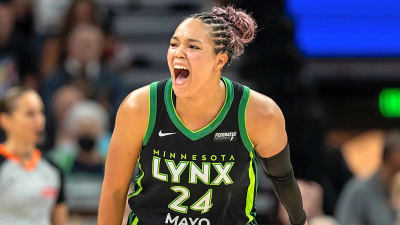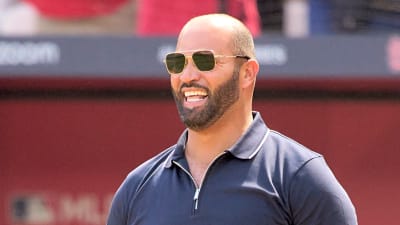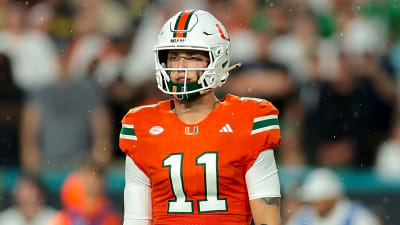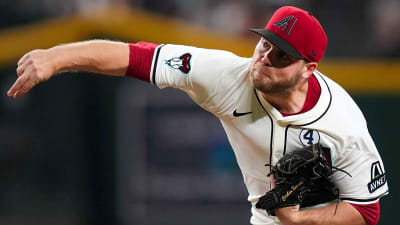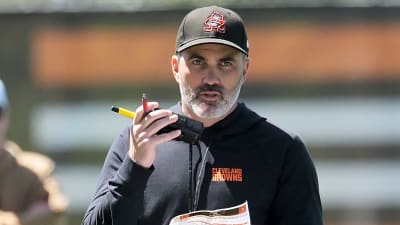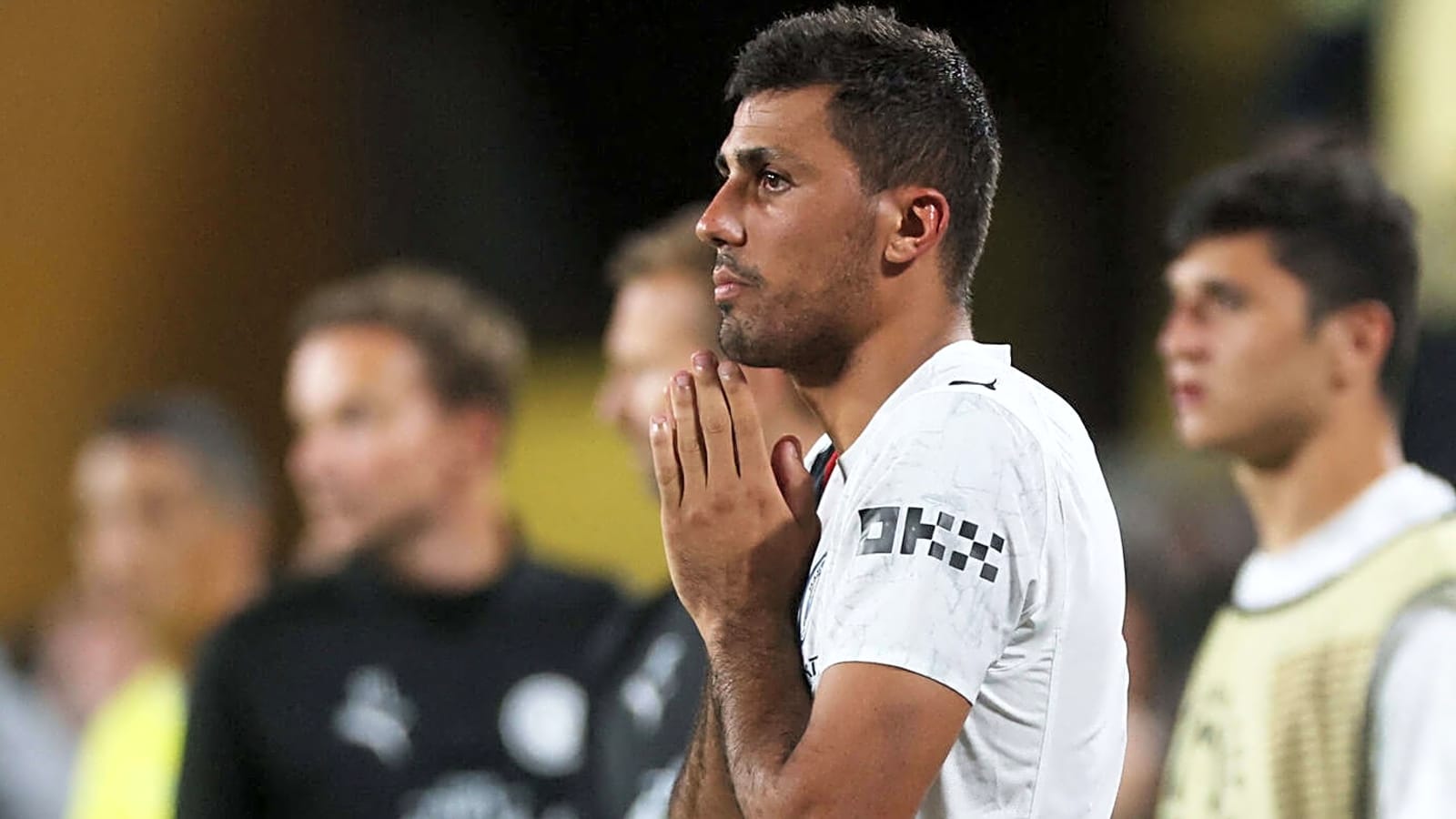
When Pep Guardiola revealed that Rodri is back in pain, complaining of the very same knee that plagued him last season, alarm bells rang across Manchester City. The Spanish midfielder has already made a handful of appearances in 2025 26, yet this fresh complaint threatens to stall what was supposed to be a measured comeback.
Return, Appearances, And A Sudden Headache
After months sidelined by a serious knee injury (ACL plus meniscus), Rodri made a cautious return at the end of the 2024 25 season, coming on as a substitute in the match against Bournemouth. That return offered hope that he could gradually rebuild toward full fitness.
This season, he has been involved in four Premier League matches, starting three of them. He featured in games at Tottenham (where he played 15 minutes), Brighton (full 90), the Manchester derby (76 minutes), and most recently, the big match away at Arsenal (full 90). He has not scored or assisted in those appearances, although his presence was always meant to be more about control, stability, and defensive covering.
However, in City’s latest 5–1 victory over Burnley, Rodri was absent as Pep confirmed that the pain flared up, forcing him to sit out. Guardiola disclosed that during training, the midfielder told him, “I have a lot of pain in my knee, I cannot play.” What worsens matters is that it is the same knee he injured before.
Given City’s packed schedule, Premier League, Champions League, and domestic cups, this kind of relapse could not come at a worse time. The club is reportedly already sweating on whether Rodri will be available for their upcoming Champions League fixture against Monaco.
Why This Recurrence Is Especially Concerning
Recovering from an ACL plus meniscus surgery is never straightforward. Even when a player reaches full medical clearance, there is often a lag before the joint, surrounding muscles, tendons, and nerves fully readapt to the stresses of top-level football. The risk of overuse, compensatory strain, microinstability, or muscular imbalance is real, especially when returning too quickly.
Because this is the same knee, there is legitimate concern that the reinjury is not just a random flare-up but a sign of deeper vulnerability. Guardiola has previously acknowledged that the season following a serious knee injury is when athletes are most susceptible to lingering issues. There is also a psychological dimension: hesitation, fear of twisting, guarding movements, all these can degrade sharpness.
Even if Rodri avoids a full relapse, any drop in explosiveness or confidence in that joint could cost him fractions of a second that matter in tight matches when defenders close spaces or attackers flick a pass. For a player whose game relies so heavily on positioning, timing, and subtle movement, that risk is magnified.
The medical and performance staff at City will likely need to reassess his rehab program from strength training, neuromuscular control, stability drills, load monitoring, recovery protocols to find any weak link. If the root of recurrence lies in an unbalanced muscle group or biomechanical flaw, it must be addressed before full reintegration.
Can Rodri Hit His Previous Best Again?
Rodri’s tactical intelligence, reading of the game, and positional discipline give him tools that are less vulnerable to outright physical decline. Even if he loses a little bit of red line quickness or confidence, he might compensate with smarter positioning, better anticipation, and controlled movement.
Yet to restore the absolute dominance he once had under Guardiola’s blueprint, he must come close to recapturing his preinjury baseline. A small dip, say 5 to 10 percent in his physical sharpness, could lead to more missed interceptions, slower recovery in transitions, or greater exposure in duels against agile opponents.
If he is reintroduced with restraint, managed minute by minute, and not hurried into high-stakes matches too soon, there is at least a chance he rebuilds. A cautious, graduated return alternating full training days with rest, controlled exposure to stress, and gradual match minutes is vital.
Mental strength will also play a crucial role. Accepting the setback, working through it patiently, and trusting the body again are as important as the physical side. Some players emerge from serious injury more cautious, while others come back more resilient.
Still, the specter that not all players fully regain their old peak is real. Some may adapt to a slightly different version of themselves. For Rodri, that adaptation could prove the difference between being “good again” and being world-class again.
What It Means For Manchester City’s Season
Rodri is a foundational piece in City’s structure. His absence or compromised form forces Guardiola to reconfigure midfield balance, press triggers, transitions, and defensive cover. When he was out last season, City struggled at times to impose rhythm in the middle and sometimes looked vulnerable in transition phases.
With Rodri uncertain, alternatives like Matheus Nunes, Nico González, and Tijjani Reijnders are being leaned on more heavily. None offers the exact balance Rodri does, particularly in shielding the backline and controlling tempo in all phases.
The coaching staff must juggle tactical pragmatism and player welfare. Pushing him too soon risks further relapse, holding him back too long weakens the midfield stability the team relies on.
In key Champions League and league matches, the temptation to bring him back may be intense, although the risk is real. City might have to shift its talismanic reliance on Erling Haaland, who’s had a strong start to the campaign.
Should Rodri return fully and adapt to his body’s constraints, he could still anchor City’s engine. If not, the 2025 26 season might be remembered not as a legacy year for Rodri, but as the campaign in which City’s midfield era needed redefinition.
More must-reads:
- Gabriel shows title-winning mettle with last-gasp Arsenal winner
- What to know about the 2025 MLB postseason
- The 'Most intentional walks in a MLB season' quiz
Breaking News
Trending News
Customize Your Newsletter
 +
+
Get the latest news and rumors, customized to your favorite sports and teams. Emailed daily. Always free!
